Top Class Actions’s website and social media posts use affiliate links. If you make a purchase using such links, we may receive a commission, but it will not result in any additional charges to you. Please review our Affiliate Link Disclosure for more information.
Although many complaints regarding improper fees have been made by customers of traditional banks, credit unions may also be charging their customers improper or predatory ATM and other fees.
How Do Credit Unions Work?
A credit union is a non-profit organization that exists solely for the purpose of serving its members. They are different from banks in several ways.
One of the advantages of credit unions is that these financial institutions are member-owned and cooperative, and are often smaller than traditional banks. Traditional banks are for-profit and may charge higher fees to customers. However, credit unions and traditional banks are able to offer most of the same services to customers.
As credit unions are member-owned, the operation of these financial institutions may be incentivized to provide the best experience possible for customers. Customers of credit unions often report being more satisfied with their experiences than customers of traditional banks.
However, while credit unions may have better customer service and lower fees than banks, they may also be less convenient and charge higher interest rates. While larger banks such as Bank of America or Wells Fargo may have multiple ATMs located around cities to allow consumers to withdraw their money without fees, most customers of credit unions have to go directly to their credit union to make a withdrawal or pay a fee at an out-of-network ATM.
Why Do Credit Unions Charge ATM Fees?
Banks and credit unions charge ATM fees for several reasons. They may charge these fees to recover some of the costs associated with owning, operating, and maintaining the machine. They may also charge these fees to encourage credit union customers to come into the credit union to make a withdrawal or use credit-union-owned ATMs. These fees may also be a way for credit unions to make a profit off of customer transactions.

Many customers have also reported being charged hidden fees by an ATM without being notified that these charges would be assessed. According to the Electronic Fund Transfer Act, consumers must be notified that an ATM fee will be charged before they withdraw or transfer money. This act was created in order to protect consumers who use electronic resources such as ATMs to manage their finances.
The cost of using an out-of-network ATM has been steadily increasing over the last 15 years. However, in 2020 the average cost of using an out-of-network ATM dropped slightly by about eight cents, bringing the average fee back to where it was in 2016. However, other bank, credit union, and ATM fees continue to rise.
The Electronic Fund Transfer Act
The Electronic Fund Transfer Act Regulation E was passed by Congress in 1978 and signed into law by President Jimmy Carter in an effort to protect Americans from issues that could occur with the increased widespread use of automated teller machines (ATMs) and electronic banking.
One of the most important aspects of the EFTA is that it provides a method of correcting transaction errors, allowing consumers to challenge errors that occur and then have them corrected within 45 days.
The EFTA provides requirements for the important information that banks and credit unions must provide for their customers regarding electronic fund transfers. This includes:
- A summary of liability regarding unauthorized transactions and transfers
- Contact information for who to contact in the case of an unauthorized transaction
- Information on the types of transfers that can be made and any associated fees
- A summary of the consumer’s rights
- A summary of the institution’s liability to the consumer
The EFTA also provides guidelines for how consumers can recover from a lost or stolen card and limits the liability they face.
What Do Credit Union ATM Fees Cover?
Credit union ATM fees may be used to offset costs for the organization. One reason for charging fees may be to offset the costs of owning and operating the ATM machines, as well as the costs of processing each transaction, which may cost around 30 cents.
Another reason may be to cover the cost of something called an interchange, which is a fee charged when a customer uses an out-of-network ATM. When this happens, the financial institution that owns the ATM charges the bank of the customer making a withdrawal between 30 and 65 cents.
As credit unions are generally smaller and may be less likely to have their own ATMs, credit union customers may be more likely to encounter these fees.
 Can ATM Fees Be Reimbursed?
Can ATM Fees Be Reimbursed?
Many large banks reimburse customers for ATM fees after they have been charged. This reimbursement often occurs automatically at the end of the customer’s statement cycle, by crediting the customer for any ATM fees paid over the month.
Credit unions may also reimburse consumers for these fees, although many of them impose limits on the amount that customers may be reimbursed in a given month.
How Can Consumers Avoid ATM Fees?
In order to avoid the shock of being hit with multiple unexpected ATM fees, there are several ways that consumers can withdraw cash or access their accounts without using an out-of-network ATM.
Many retailers offer cash back at the point of sale. This usually looks like a pop up that opens on a credit card terminal, asking the shopper if they want cash in amounts of $20, $40, $60, or custom. Consumers who choose to get cash back at the check out may be able to avoid the processing fees that come with withdrawing from an ATM, although they may face a small surcharge from the store.
Another way to potentially avoid fees is to keep track of where the ATMs affiliated with your particular credit union are located. However, as some credit unions may not have ATMs or have very few, it may not be possible for consumers to only use in-network ATMs.
Consumers may also be able to avoid the fees for withdrawing cash by using other methods to pay for goods or services. Instead of paying in cash, consumers may be able to pay with a credit or debit card, or use money transfer apps like Venmo.
Should You File an ATM Fees Lawsuit?
If you have been charged ATM fees without being warned or notified that these fees would be assessed, you may be eligible to speak with an experienced attorney about your legal options. Some victims who have been charged predatory or unethical ATM fees may be eligible to join or file a class action lawsuit and recover reimbursement or compensation for these fees. Such lawsuits have been filed against banks like Bank of America.
Financial institutions found responsible may be liable for damages. This can include both compensation for the consumer’s actual losses, as well as potential punitive damages against the financial institution that imposed the illegal bank fees.
Filing a lawsuit can be a daunting prospect, so Top Class Actions has laid the groundwork for you by connecting you with an experienced attorney. Consulting with an attorney can help you determine if you have a claim, navigate the complexities of litigation, and maximize your potential compensation.
Join a Free ATM Fees Class Action Lawsuit Investigation
If you were charged ATM fees without notification when you used an ATM machine, you may qualify to join this ATM fees class action lawsuit investigation.
This article is not legal advice. It is presented
for informational purposes only.
ATTORNEY ADVERTISING
Top Class Actions is a Proud Member of the American Bar Association
LEGAL INFORMATION IS NOT LEGAL ADVICE
Top Class Actions Legal Statement
©2008 – 2024 Top Class Actions® LLC
Various Trademarks held by their respective owners
This website is not intended for viewing or usage by European Union citizens.

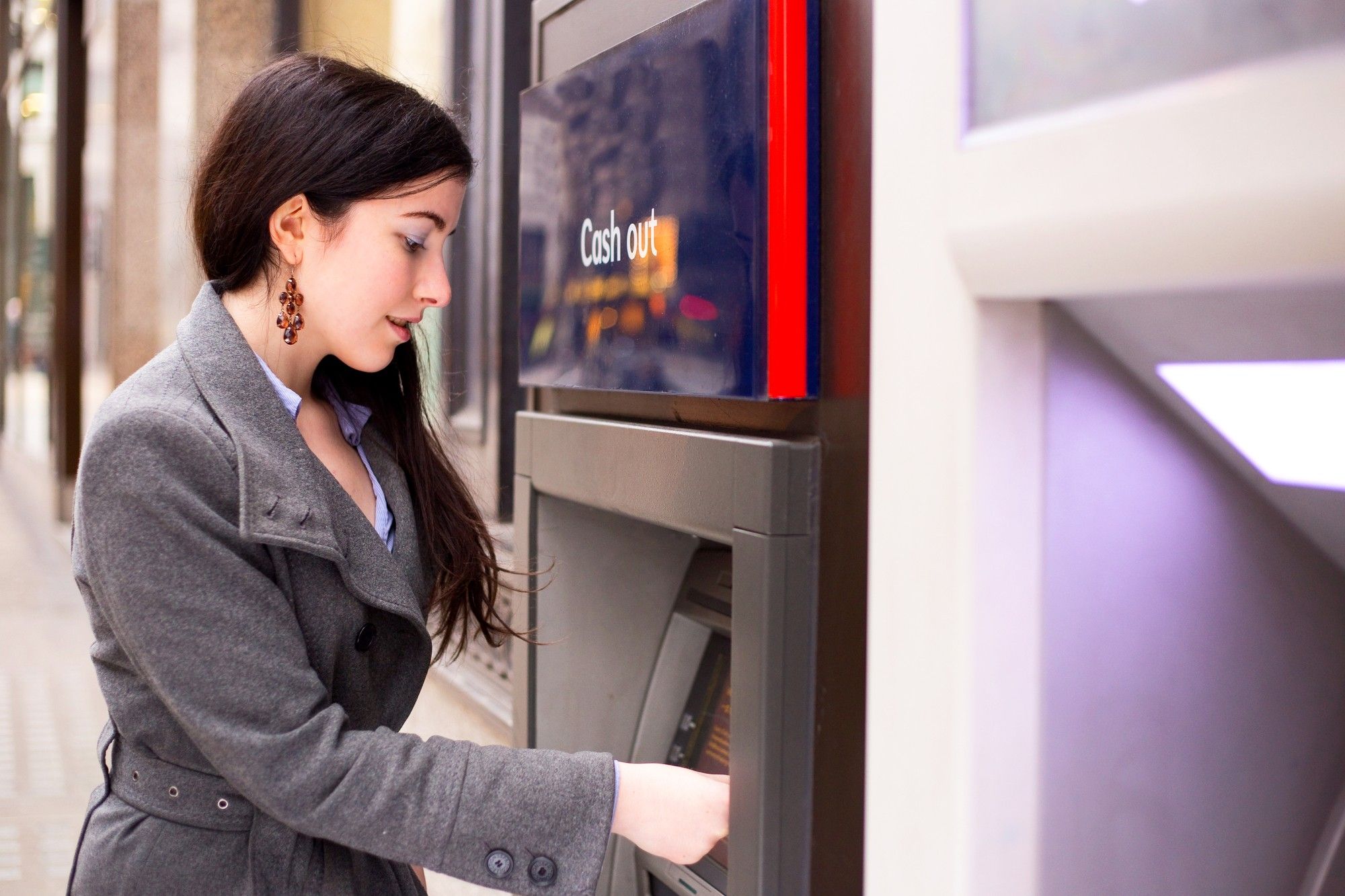
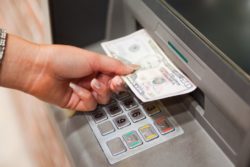 Can ATM Fees Be Reimbursed?
Can ATM Fees Be Reimbursed?



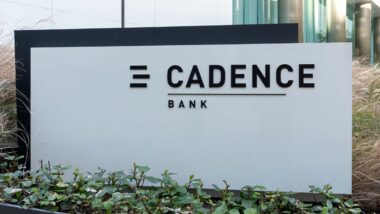
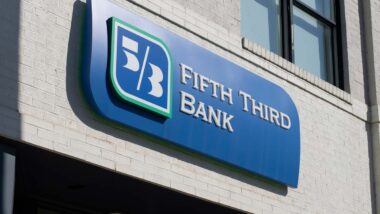

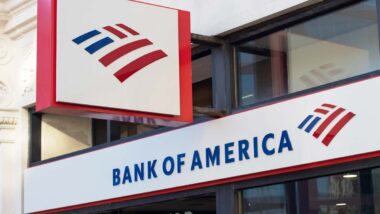

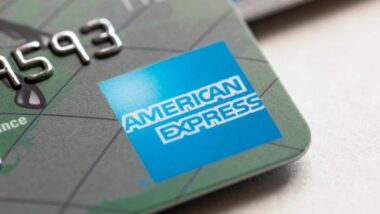
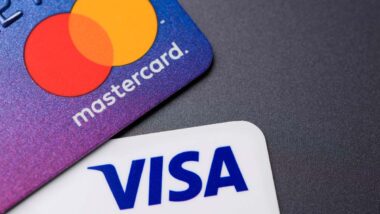


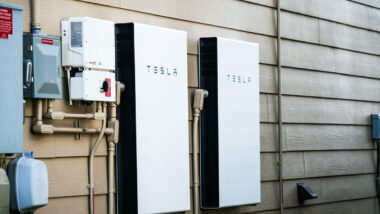
3 thoughts onWhat Do Credit Union ATM Fees Cover?
Add me.
Add me
Add me